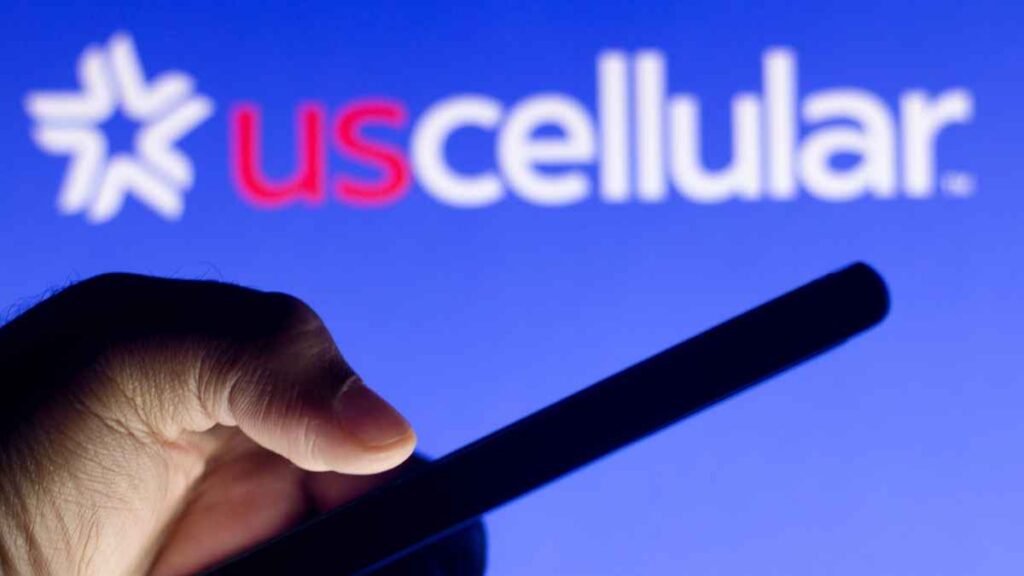
Mobile network operator (MNO) US Cellular will introduce its personal 5G standalone SA core network by the end of 2022 after selecting Finland telecom vendor Nokia as its accomplice to deliver the necessary equipment and services in its future 5G technology.
US Cellular’s standalone future stands on the line as Nokia announced last week its intentions of expanding its cooperation with the Chicago-based MNO to provide needed hardware, software, and service to roll out the telco’s standalone 5G infrastructure.
The deal discloses that US Cellular will benefit from Nokia’s cloud-native, open modular structure to hastily demonstrate and measure network functions for future revenue opportunities. Nokia has already delivered the MNO with 5G RAN equipment, supplied radios for low-band, and mmWave 5G services.
With the remarkable development in connected devices, mobile operators aim to deploy a streamlined network infrastructure that will enable service providers to effortlessly switch to a mobile core network that providers the required functionality of new use cases.
And that is precisely what Nokia’s 5G SA core will deliver to its American partner.
“As we continue to expand and enhance our 5G network, we value the innovation and support that Nokia provides to help us deliver s superior wireless experience to our residential and business customers. As we deploy 5G SA core, Nokia brings expertise, technology excellence and the right mix of hardware, software, and services to meet our requirements for high performance and low latency,” said Mike Irizarry, Executive Vice President, and Chief Technology Officer at US Cellular.
The Finnish vendor already stationed more than 250 cloud core networks and over 75 5G standalone core networks as its cloud-native architecture with network functionalities was initially established as microservices. But since Nokia needs to cover bigger requirements for US Cellular, its SA core will not meet low latency demands for software-driven services.
Software-driven cloud networking is the implementation of network functions virtualization (NFV) and industry-standard generic hardware to avoid a privately operated hardware-based data center infrastructure in support of software-based infrastructure.
By implementing sturdy features, the MNO’s customer base will gain entry to innovative applications such as virtual and augmented reality with high speeds and low latencies, therefore unlocking 5G’s comprehensive potential.
Nokia and US Cellular have been in business together for a while since the telecom operator always relied on Nokia for its networking solutions to create a resilient communications infrastructure.
However, for the telco to be able to succeed in its plan, it will need high revenue opportunities to demonstrate its strength in the US market. In addition to fulfilling its customers’ needs, which rounds up to just 5 million users.
To do so, US Cellular will have to equal its efforts to the U.S.’ biggest three telco firms, T-Mobile U.S., AT&T, and Verizon.
Until now, the company managed to stabilize its performance, but no growth has been marked in the last couple of months. Earlier in August, US Cellular revealed its Q2 revenues with a 4 percent growth to $1.1 billion. During this, the firm showcased the importance of market share expansion.
Yet, despite the American telco’s emphasis on the vitality of revenue growth, its 2021 first two quarters demonstrated pessimistic results concerning both handsets and connected devices revenues.